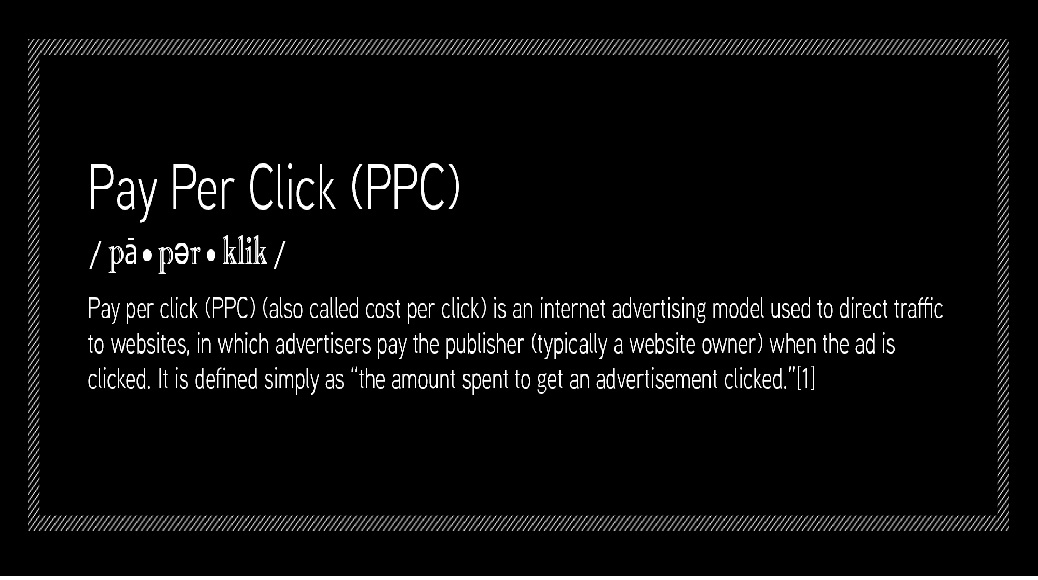This post has been authored by Aryan Babele, a final year student at Rajiv Gandhi National University of Law (RGNUL), Punjab and a Research Assistant at Medianama. On 23rd October 2019, the Delhi HC delivered a judgment authorizing Indian courts to issue “global take down” orders to Internet intermediary platforms like Facebook, Google and Twitter…
Tag: Google
Metadata by TLF: Issue 6
Welcome to our fortnightly newsletter, where our Editors put together handpicked stories from the world of tech law! You can find other issues here. Delhi HC orders social media platforms to take down sexual harassment allegations against artist The Delhi High Court ordered Facebook, Google and Instagram to remove search result, posts and any content containing…
Metadata by TLF: Issue 4
Welcome to our fortnightly newsletter, where our Editors put together handpicked stories from the world of tech law! You can find other issues here. Facebook approaches SC in ‘Social Media-Aadhaar linking case’ In 2018, Anthony Clement Rubin and Janani Krishnamurthy filed PILs before the Madras High Court, seeking a writ of Mandamus to “declare the linking…
‘Search Bias’ Under Indian Competition Law
The following post has been authored by Vishakha Singh Deshwal, an LLM candidate at the West Bengal National University of Juridical Studies (WBNUJS), Kolkata. Here she analyses an emerging issue at the intersection of technology and competition law. Every enterprise wants its Uniform Resource Locator (URL) to appear among the top links on search…
Metadata by TLF: Issue 2
Welcome to our fortnightly newsletter, where our editors put together handpicked stories from the world of tech law! You can find other issues here. US Justice Department’s Big Tech Antitrust Scrutiny The past month saw a slew of antitrust investigations being opened against big tech companies such as Facebook, Google, Amazon, etc. From the EU’s…
Does Web Crawling Contravene the Indian Copyright Act, 1957?
[Ed Note: The following post has been authored by Shivang Agarwal, currently in his final year at NALSAR University of Law. In an interesting read, he analyzes the nature of web crawling actions and the kind of information collected to assess whether claims of copyright infringement may be brought against entities running such search engines.]…
Metadata by TLF: Issue 1
Welcome to our fortnightly newsletter, where our editors put together handpicked stories from the world of tech law! You can find other issues here. SC Decides Not to Intervene in Delhi Govt.’s School CCTV Plan On 6 July 2019, Delhi CM launched a mission to install CCTV cameras in all government schools in Delhi by November….
Google’s Commercial Dominance – the Problem of a ‘Free’ Economy
(Image Source: https://flic.kr/p/oHcd72) Just yesterday, the internet became abuzz with the news that the European Parliament (‘EP’) is pressurising the European Union (‘EU’) to break Google Search away from the rest of its services (such as Android, et al). We’ve covered Google’s antitrust woes with the EU on the TLF earlier. According to this Techdirt article…
The Right to Be Forgotten – An Explanation
(Image Source: https://flic.kr/p/9RovZB) This is the first in a two-part post on the Right to be Forgotten. This post is part of our 101 series of posts, which seek to explain the issue at hand, and the next post shall address the issue and the debate surrounding it in more detail. In 2010, a Spanish citizen filed a complaint…
Google and Antitrust: A Series of Unfortunate Events
(Image Source: https://flic.kr/p/92t8FA) In its long series of antitrust woes, Google found itself facing an antitrust complaint filed by two Korean internet search sites a few years ago, accusing it of blocking third party search applications from the Android operating system, though it was later acquitted of the same. It was this complaint that later…


